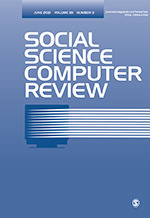Ivan Puga-Gonzalez, Rachel J. Bacon, David Voas, F. LeRon Shults, George Hodulik, Wesley J. Wildman

Abstract: Social scientists generally take United Nations (UN) population projections as the baseline when considering the potential impact of any changes that could affect fertility, mortality or migration, and the UN typically does projections using the cohort-component method (CCM). The CCM technique is computationally simple and familiar to demographers. However, in order to avoid the exponential expansion of complexity as new dimensions of individual difference are added to projections, and to understand the sensitivity of projections to specific conditions, agent-based microsimulations are a better option. CCMs can mask hidden assumptions that are surfaced by the construction of microsimulations, and varying such assumptions can lead to quite different projections. CCM models are naturally the strongest form of validation for population projection microsimulations but there are many complexities and difficulties associated with matching microsimulation projections and CCM projections. Here, we describe our efforts to tackle these challenges as we validated a microsimulation for Norway by replicating a UN CCM projection. This provides guidance for other simulationists who seek to use CCMs to validate microsimulations. More importantly, it demonstrates the value of microsimulations for surfacing assumptions that frequently lie hidden, and thus unevaluated, within CCM projections.



